Health Care and Dental Care
Health Care
Pets, on average, age five to eight times faster than humans. By age two, most pets have already reached adulthood. At age four, many are entering middle age. By age seven, many dogs, particularly larger breeds, are entering their senior years. Because pets age so rapidly, major health changes can occur in a short amount of time. The risk of cancer, diabetes, obesity, arthritis, heart disease and other serious conditions all increase with age.
To ensure vigilance in monitoring any health changes in your pet we recommend a health check be completed with your pet every six months to ensure your pet remains happy and healthy in the years to come.
At this visit your pet will receive a Full Physical Examination. This is also a great opportunity for us to discuss the following matters relating to your pets ongoing health management:
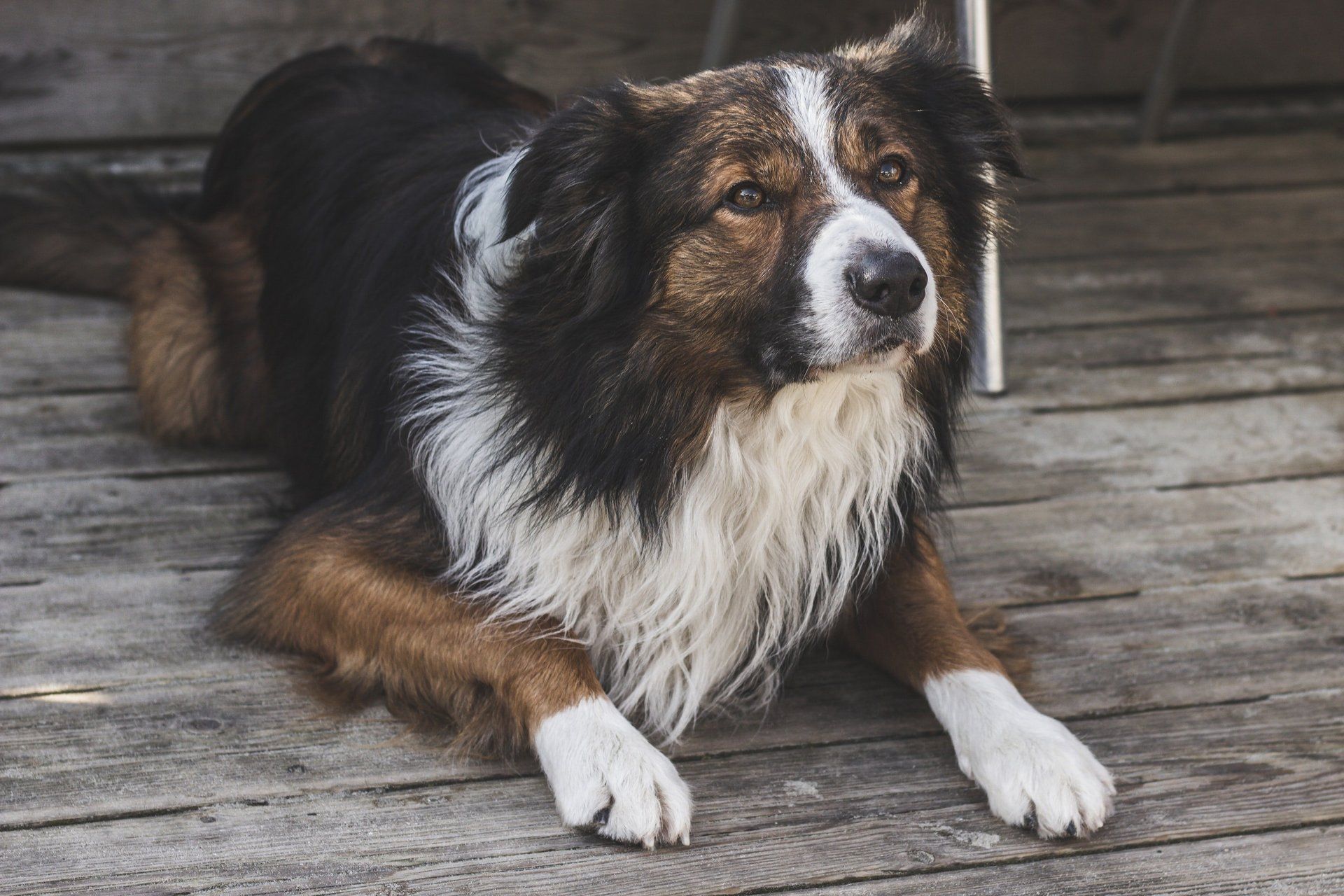
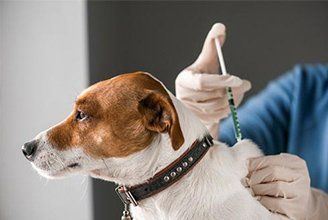
Vaccination
Desexing

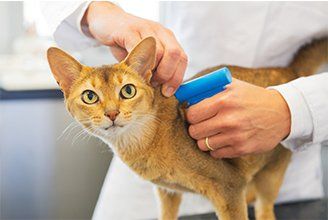
Microchipping
A microchip is about the size of a grain of rice and is injected under your pet’s skin. This quick procedure can be completed during a normal consultation.
The microchip is embedded with a unique number and it is the most effective form of permanent identification. This number is recorded on a national computer database linked to your name and contact details. Microchipping is important in the return of lost pets. They can also assist where the ownership of an animal is in dispute.
Microchipping is compulsory for all pets newly registered with
Horsham Rural City Council.
Dental Care
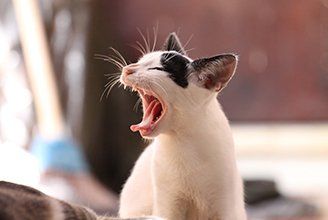
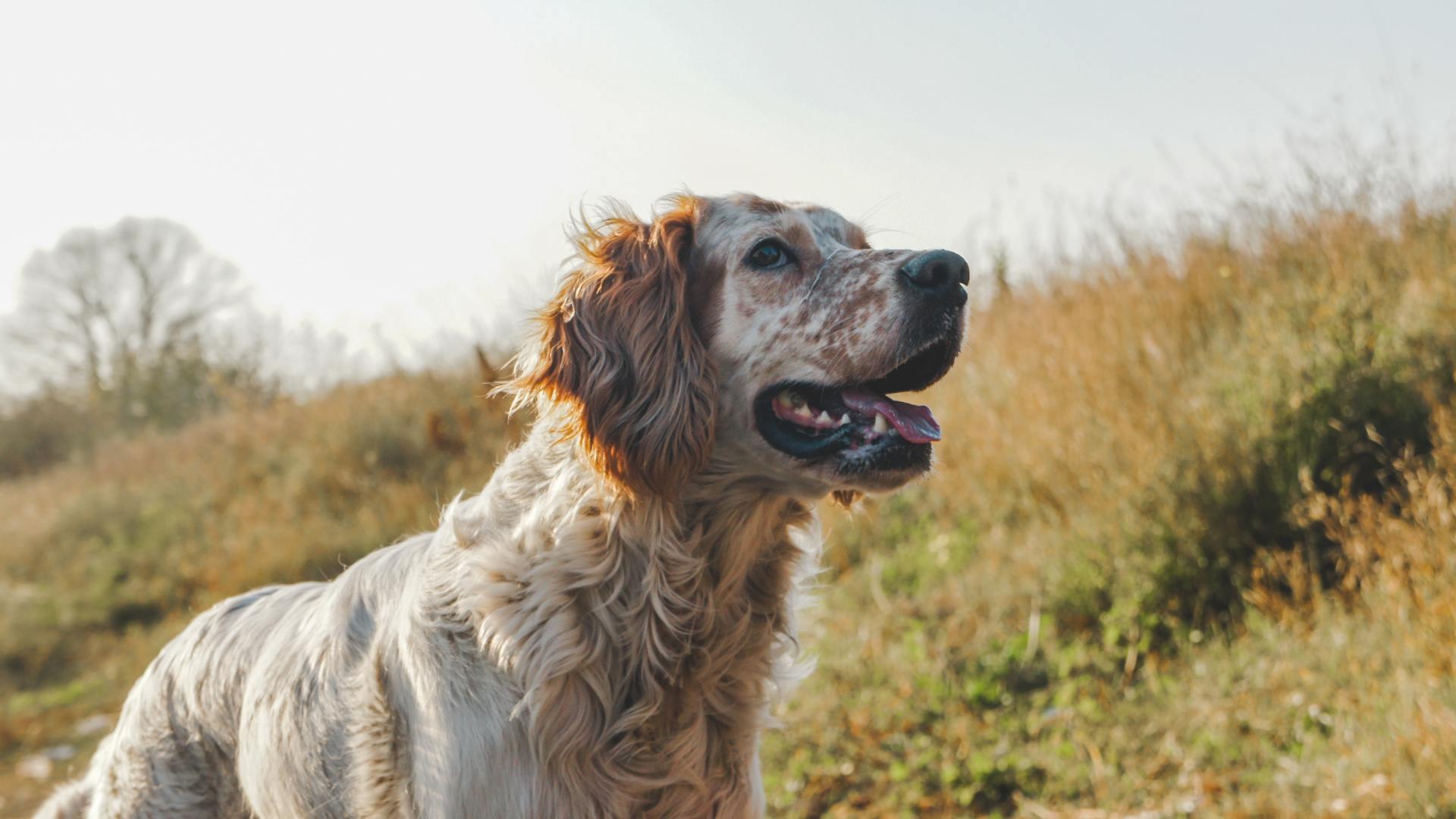
Flea Control
Intestinal Worms
Worming is one of the first health care issues pet owners need to address as pups and kittens are the most susceptible. As their name suggests, intestinal worms are parasites that live inside your pet’s intestines. These worms range in size from small to surprisingly large (up to 18cm in length). Regardless of their size however, they all have negative and potentially deadly effects.
There are many worm products on the market, some cover all intestinal worms but others may only treat certain types. Treatments can range from tablets, syrups or spot-on treatments. Profender is a wormer for cats which is applied by dropping liquid onto the skin, ideal for those hard to tablet cats! We are happy to advise you on the best products to use and how often they need to be used.
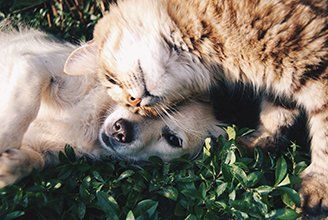
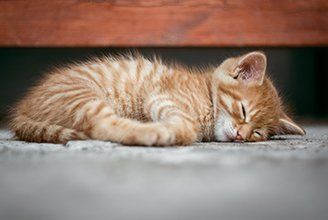
Heartworm
Heartworm, or Dirofilaria immitis, is a parasite that is spread by mosquitoes, so your pet does not even need to be in contact with other pets to become infected! Thankfully, heartworm is very easy to prevent and should form part of your pet health care routine. We have very effective preventative treatment options available including tablets, chews, spot-on's and even an annual injection for dogs administered by one of our vets. If your pet has not been on heartworm prevention we recommend a heartworm test prior to starting a prevention program, followed by a repeat test 6 months after commencing. Prevention is particularly important for those pets who travel outside the Wimmera.
Nutrition





